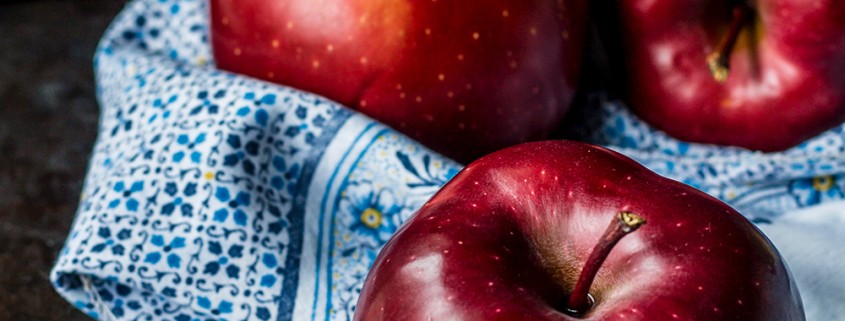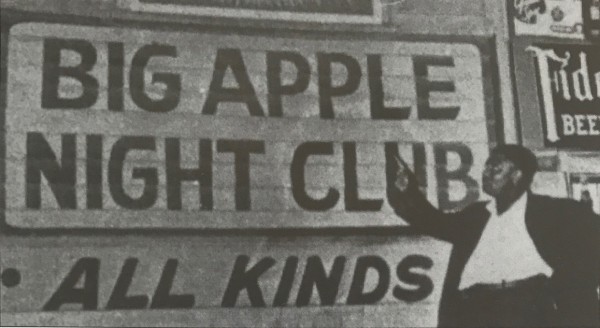Big Apple, Little Apple
Most Southern kids who became Shaggers, had been previously influenced by a “circle” dance called the Big Apple, and its first cousin, the Little Apple.
Both were fad dances that came and went with great flourish and popularity among white kids in the late Thirties, prior to the arrival of the Jitterbug.
The Spivey brothers from Columbia, SouthCarolina, discovered the Big Apple at a black dance hall,where they were invited to jump the Jim Crow rope.
Fat Sam’s Big Apple Club was a run-down, converted Jewish Synagogue. For reasons that remain obscure, an ancient African circle dance appeared at Fat Sam’s around 1936. In primitive societies, circle dancing was primarily religious in function, “associated with high arm gestures, evangelical shouts, and occasionally culminating in trance-like gyrations,” according to dance historians Marshall and Jean Stearns. They assert:
“The ring or circle style is perhaps the most clear-cut survival of African dance in the United States … “
The basic step of The Big Apple was a thing called the “shuffle”, often referred to as “trucking”. It was performed with both feet close to the floor, in a linear fashion in rhythm and on the beat. It is a dance movement as old as Africa.
PHOTO CREDIT: Fat Sam, proprietor of the Big Apple, courtesy of Phil Sawyer.




